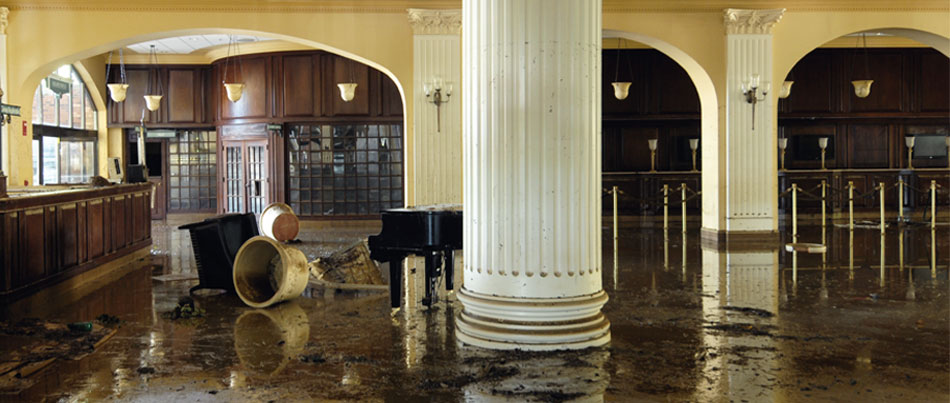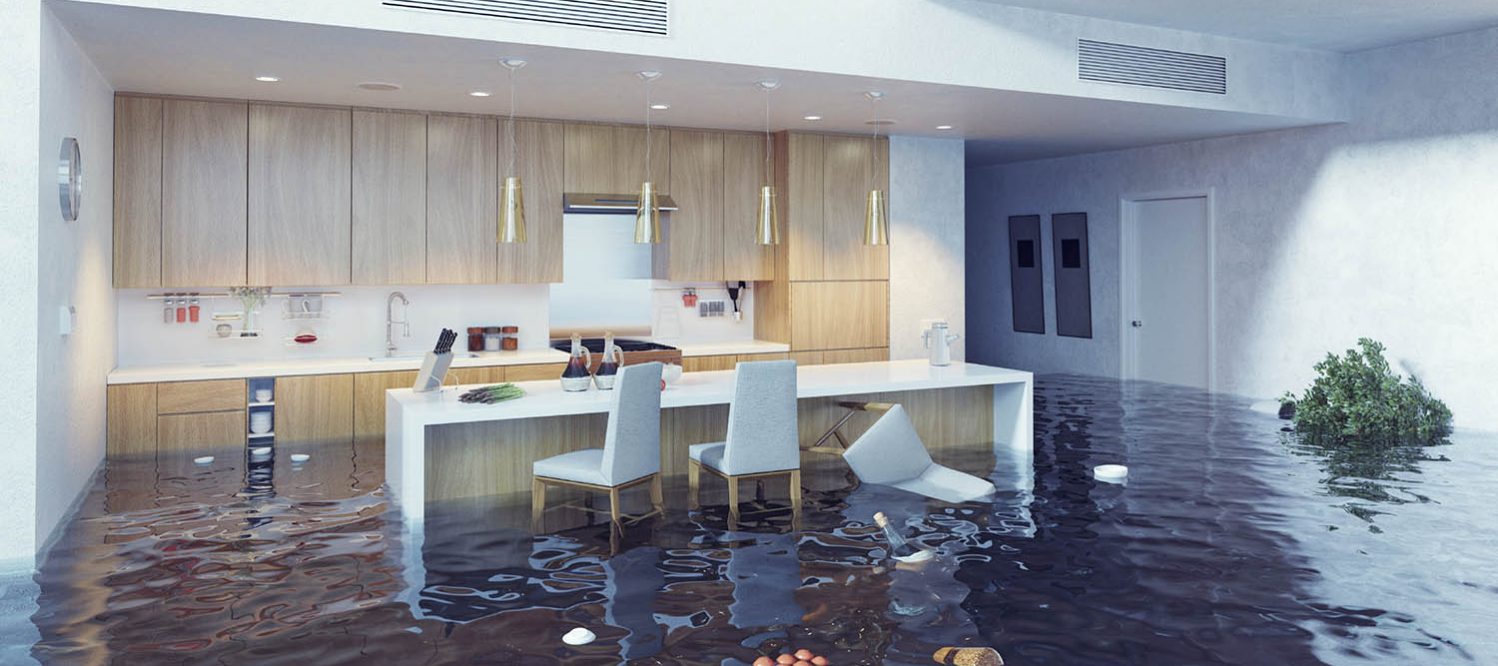How do you really feel about Keeping Your Home Safe This Holiday Season?

Though water provides life, water breach on components where it's not intended to be can cause damage. It can peel off away surfaces and wear down the foundation if the water saturates right into your framework. Mold and mildew as well as mildew likewise grow in a moist environment, which can be unsafe for your health. Residences with water damages scent old as well as mildewy.
Water can originate from numerous resources such as typhoons, floods, burst pipes, leakages, and also sewage system issues. In case you experience water damage, it would be excellent to recognize some safety and security preventative measures. Below are a few standards on exactly how to manage water damage.
Do Prioritize Home Insurance Coverage Insurance Coverage
Water damage from flood because of heavy winds is seasonal. However, you can likewise experience an unexpected flood when a damaged pipeline suddenly breaks into your home. It would certainly be best to have home insurance that covers both disasters such as all-natural catastrophes, and also emergencies like broken plumbing.
Do Not Fail To Remember to Switch Off Utilities
In the event of a catastrophe, specifically if you reside in a flood-prone location, it would certainly be recommended to turn off the primary electrical circuit. This cuts off power to your whole home, avoiding electrical shocks when water comes in as it is a conductor. Do not neglect to turn off the main water line valve. When floodwaters are high, furniture will certainly move and trigger damages. Having the main shutoff shut down avoids additional damages.
Do Remain Proactive and also Heed Climate Alerts
Tornado floods can be extremely uncertain. Stay aggressive and prepared if there is a history of flooding in your neighborhood. Listen to emptying cautions if you live near a river, lake, or creek . Secure belongings from the very beginning and also basement, after that placed them on the highest feasible degree. Doing so minimizes possible home damage.
Do Not Neglect the Roof
You can prevent rainfall damage if there are no holes and also leaks in your roofing system. This will prevent water from flowing down your wall surfaces and also soaking your ceiling.
Do Pay Attention to Tiny Leaks
A ruptured pipe doesn't take place overnight. You might see bubbling paint, peeling off wallpaper, water streaks, water stains, or leaking audios behind the walls. Have your plumbing fixed prior to it results in huge damages.
Don't Panic in Case of a Burst Pipe
Maintaining your clearheadedness is important in a time of dilemma. Due to the fact that it will certainly stifle you from acting quick, stressing will only worsen the problem. When it pertains to water damages, timing is key. The longer you wait, the even more damage you can expect. Hence, if a pipeline bursts in your house, immediately shut off your main water valve to cut off the resource. After that disconnect all electric outlets in the area or turn off the circuit breaker for that part of your house. Finally, call a trusted water damage reconstruction expert for assistance.
Water gives life, water intrusion on components where it's not expected to be can result in damage. Houses with water damages scent old as well as stuffy.
Water damage from flooding charges to hefty winds is seasonal. You might observe bubbling paint, peeling wallpaper, water touches, water spots, or dripping audios behind the wall surfaces. When it comes to water damages, timing is essential.
Water Damage Do's and Don'ts
Do's
Always use rubber gloves to protect your hands & rubber boots to protect your feet and legs. Damage from water and bacteria growth can begin within hours. Call for professional help. Remove as much water as possible by mopping and blotting with sponges. Pull up wet rugs and carpets if hardwood floors are below. Lift draperies off the floor, loop through a coat hanger and place the hanger on the drapery rod. Wipe furniture, prop up wet furniture cushions for even drying and place aluminum foil under furniture legs. Move photos, paintings, art objects, computers, other electronics and valuables to a safe, dry location. Do not remove books from shelves. Pack them tightly to prevent page warping until a restoration professional can begin this specialized drying. Ventilate wet areas. Turn on air conditioning for faster drying in summer (only if there is no visible mold) and winter, alternate cycles of opened windows and heating. Also, open drawers, closets and cabinet doors to enhance drying. Don'ts
Do not enter rooms where there is wet and sagging ceiling! Do not enter a room with standing water until electricity has been turned off. Do not use a regular household vacuum to remove water. Use heat to dry closed building interiors. Mildew and more moisture damage can occur. Do not use electrical appliances while on wet carpet or flooring. Do not disturb visible mold. https://www.myknowledgebroker.com/blog/personal-insurance/water-damage-dos-and-donts/

I discovered that blog posting on How To Prevent Fire And Water From Ruining Your Holiday Season while browsing on the internet. Kindly take the opportunity to promote this post if you enjoyed it. Thank you so much for your time invested reading it.